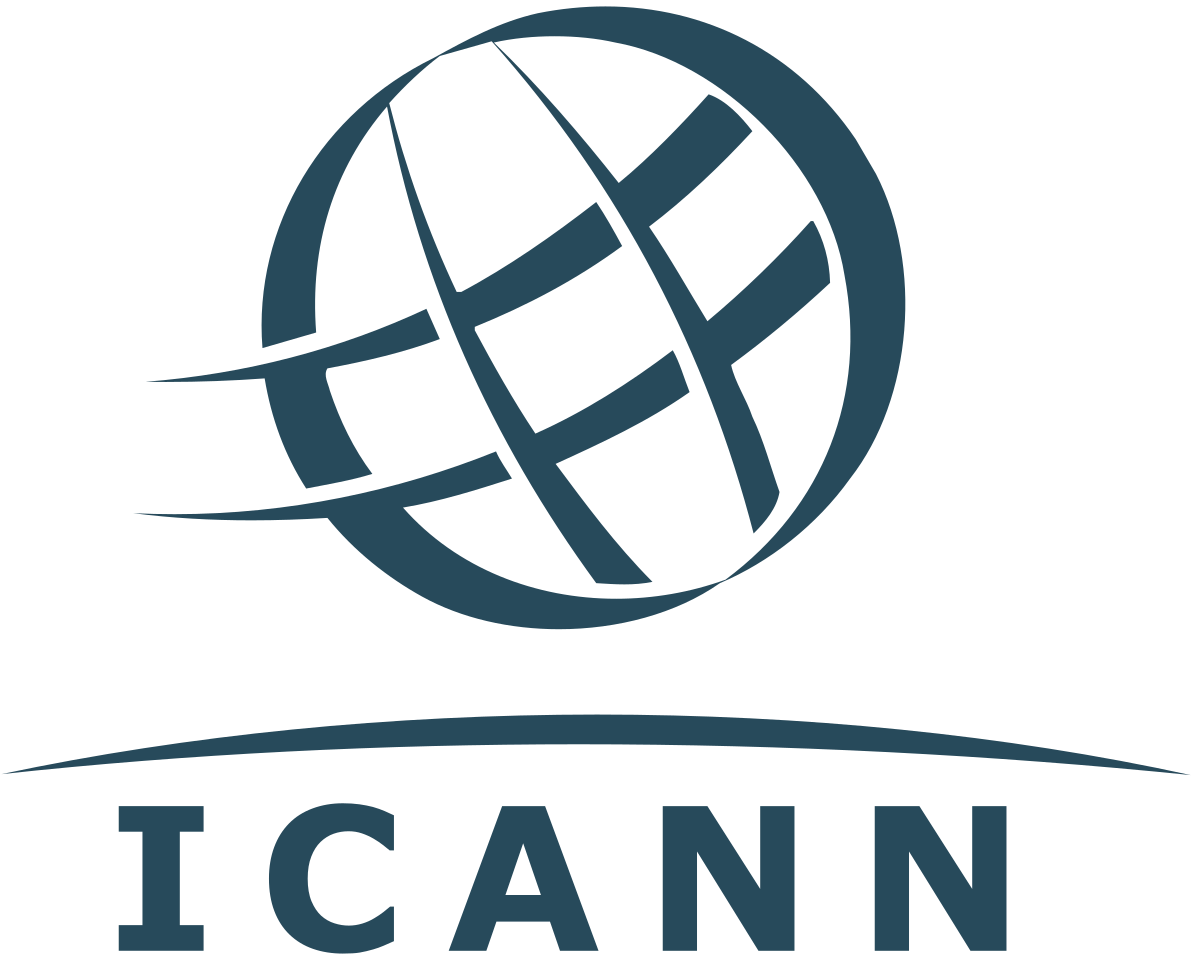Domain Names and ICANN
Domain Names

A domain name is a website's name. It is your website's equivalent of a physical address. The same way a GPS requires a street address and zipcode to provide directions, a web browser requires a domain name to direct you to a website. There are two parts to a domain name: the website's name (ex. google) and the domain name extension (ex. .com). Domain names are formed by the rules and procedures of the Domain Name System (DNS). Any name registered in the DNS is a domain name. You can find out more about the DNS by clicking here.
Here are some exaples of domain names:
ICANN
The Internet Corporation for Assigned Names and Numbers (ICANN) is a non-profit organization that is in charge of maintaining and coordinating the internet. Formed in 1998, ICANN maintains the central repository for IP addresses and help coordinate the supply of IP addresses, as well as managing the domain name system and root servers. Although ICANN manages over 180 million domain names and 4 billion network addresses across the world, ICANN does not control the internet, in fact, no one owns the internet because the internet is made up of independently operated networks. On March 16, 2016, a historic agreement was signed by ICANN and the U.S. Department of Commerce (DOC) to finally remove ICANN and IANA (Internet Assigned Numbers Authority) from the control and oversight of the DOC. On October 1, 2016, ICANN was officially freed from the oversight of the U.S. government.

ICANN is resposible for the following: